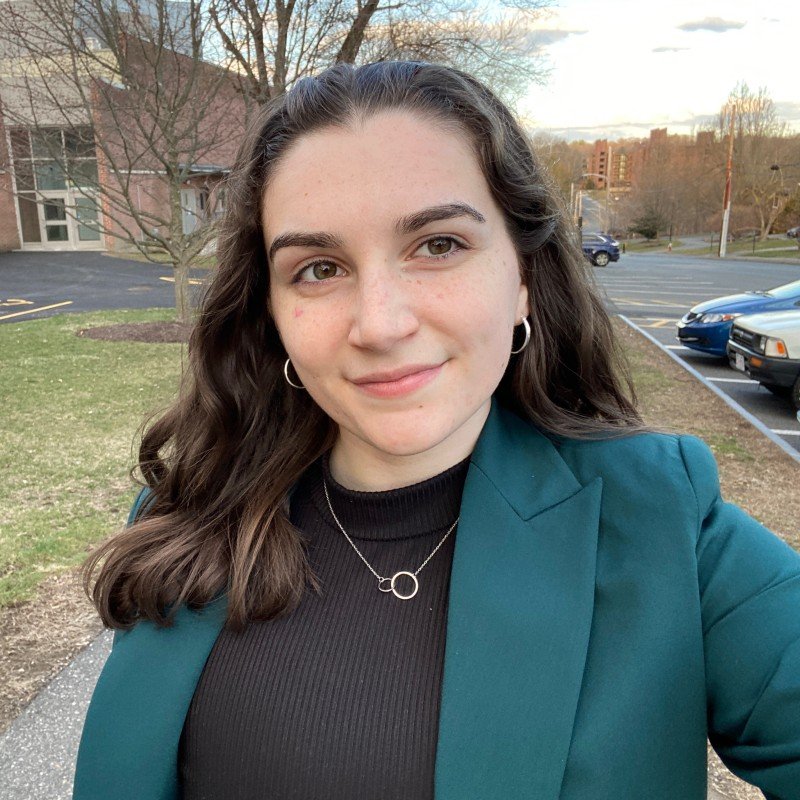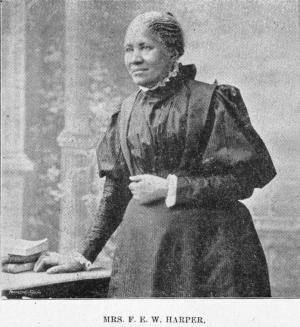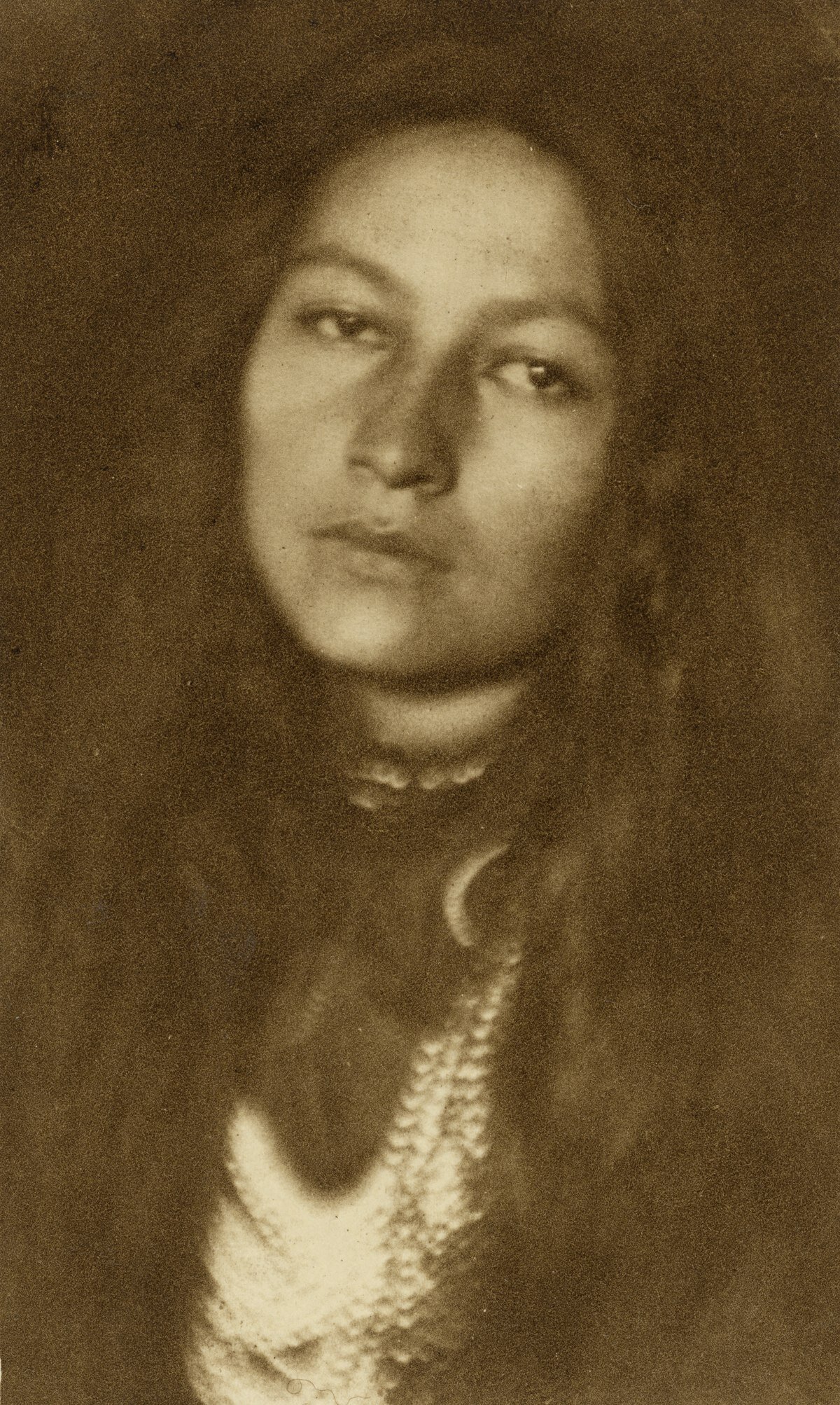By Tori Zucco, Summer 2023 Power in Place Collaborator
Image from: Library of Congress
On July 21, 1923 – almost exactly one hundred years ago – the Equal Rights Amendment was unveiled in Seneca Falls, New York by Alice Paul. After the 19th Amendment had finally passed in 1920, Paul and other suffragettes wanted to take women’s rights a step further: they wanted gender equality to be explicit in the Constitution. So, they got together and authored a new amendment that would do just that. The Equal Rights Amendment as it was unveiled by Paul was simple. It read “Men and women shall have equal rights through the United States and every place subject to its jurisdiction.” This amendment was meant to be a huge step in giving women the rights and privileges that men have held since the founding of this nation. Unfortunately, a full century later, it is still not part of the Constitution.
The ERA was introduced in Congress for the first time in December 1923. Unsurprisingly, it failed to pass and little progress was made over time. It was introduced in every session of Congress since 1923 and only made headway in the 1970s. After 49 years of rejection, the Equal Rights Amendment was passed by both chambers of Congress in 1972. By this time, the ERA had been revised and the new text read: “Equality of rights under the law shall not be denied or abridged by the United States or by any state on the account of sex.”
The next necessary step to becoming an amendment is for the text to be ratified by 38 states. Congress placed a seven year deadline on the ratification process and left the states to do their thing. Things got off to an optimistic start: 30 of the necessary 38 states had ratified the ERA within a year. However, momentum slowed. By the end of the seven years, it had only been ratified by 35 states. Congress voted to extend the deadline by an additional three years, but the proposed amendment was not ratified by a single additional state in that time period. In fact, opinions had shifted so heavily that five states voted to rescind their ratification of the ERA. By the time they reached the extended 1982 deadline, many people had considered the Equal Rights Amendment a lost cause.
The ERA remained sidelined until 2017 when, 35 years after the extended deadline, it was ratified by Nevada. The resurgence of attention on the ERA was likely due to the increase of women’s activism and women-centric social movements such as the Women’s March on Washington and the #MeToo Movement. Illinois followed Nevada in 2018 and Virginia became the 38th state to ratify the amendment in 2020. Virginia’s ratification should’ve satisfied the final requirements for the ERA to become an official part of the Constitution. However, it has faced roadblocks that continue to stand in the way of its adoption.
There are a few issues stopping the ERA from being validated. The main hurdles are conflicting legal opinions and lack of precedent. Some believe that Virginia is not actually the 38th state to ratify the ERA. Given that Kentucky, Nebraska, Tennessee, South Dakota, and Idaho rescinded their ratifications, some conservative lawmakers and legal scholars believe that the proposed amendment must be ratified by five more states. However, unratification has not stopped previous amendments from being adopted. Several states rescinded their ratification of the 14th and 15th Amendments after the Civil War but Congress disregarded these rescissions and declared the amendments ratified. The same should be done for the ERA.
Those who feel the ERA’s adoption would be invalid also blame the blown deadline. Nevada, Illinois, and Virginia were late to the game. Some – mainly Republican – lawmakers and legal scholars believe that these states’ ratifications are null and void because they did not occur within the set timeline. Other scholars, however, believe that if Congress has the power to impose a deadline, they also have the power to dissolve it. It’s important to mention that the deadline is included in the resolution argument proposing the amendment, not in the text of the amendment itself. Because of this, many legal scholars argue that Congress has the power to dissolve the deadline.
With all of these roadblocks, the ERA remains in limbo. It’s stuck in this strange phase where it’s satisfied all of the requirements to be an amendment but hasn’t officially been adopted as part of the Constitution. Efforts have been made to validate the ERA but they have unfortunately been unsuccessful. The text of the amendment states that it would go into effect two years after being ratified. If things had gone accordingly after Virginia’s ratification, gender equality would have become a constitutional right in 2022. If the ERA had gone into effect, the Supreme Court likely would not have been able to overturn Roe v. Wade with the Dobbs decision last summer. The ERA would also support expanding protections provided by the Violence Against Women Act, close loopholes that subtly permit wage discrimination, and strengthen legal cases related to TItle IX. Without it, we only have rights to lose.
No one is harmed by the Equal Rights Amendment. Yet it is stuck at a standstill because of antiquated processes and conservatives who seek to block initiatives that undo power structures they benefit from. How much longer will it take? It’s already been a hundred years, will it take a hundred more? How many rights will we lose in the meantime?
References
[1] Baker, Carrie N. “Fifty Years Later, the Equal Rights Amendment Is Ratified. Now What?” Ms. Magazine. February 10, 2022. https://msmagazine.com/2022/02/10/equal-rights-amendment-ratified/
[2] Bleiweis, Robin. “The Equal Rights Amendment: What You Need To Know.” Center for American Progress. January 29, 2020. https://www.americanprogress.org/article/equal-rights-amendment-need-know/
[3] Cohen, Alex and Wilfred U. Codrington III. “The Equal Rights Amendment Explained.” Brennan Center for Justice. January 23, 2020. https://www.brennancenter.org/our-work/research-reports/equal-rights-amendment-explained
[4] Dismore, David M. “Today in Feminist History: Suffrage Is Not Sufficient, The Lucretia Mott Amendment (July 21, 1923).” Ms. Magazine. July 21, 2020. https://msmagazine.com/2020/07/21/feminist-history-july-21/
[5] Kurtzleben, Danielle. “House Votes To Revive Equal Rights Amendment, Removing Ratification Deadline.” NPR. February 13, 2020. https://www.npr.org/2020/02/13/805647054/house-votes-to-revive-equal-rights-amendment-removing-ratification-deadline
[6] Puckett-Pope, Lauren. “The Equal Rights Amendment Could Still Pass Today – Here’s How You Can Support It.” Harper’s Bazaar. August 26, 2020. https://www.harpersbazaar.com/culture/politics/a32175363/what-is-the-equal-rights-amendment-today/
Tori Zucco is a rising senior at Wheaton College Massachusetts majoring in Sociology with a minor in Women’s and Gender Studies. She is interested in social justice, reproductive justice, and writing. On campus, Tori works as a Peer Writing Tutor.









































